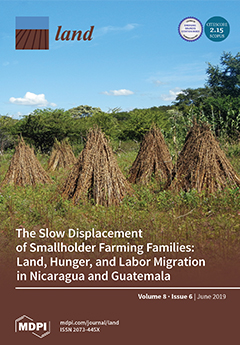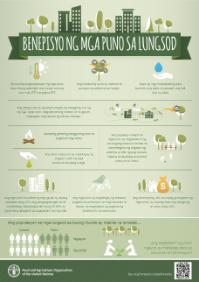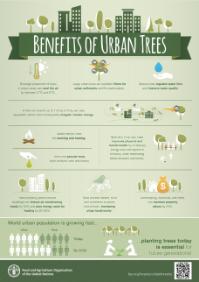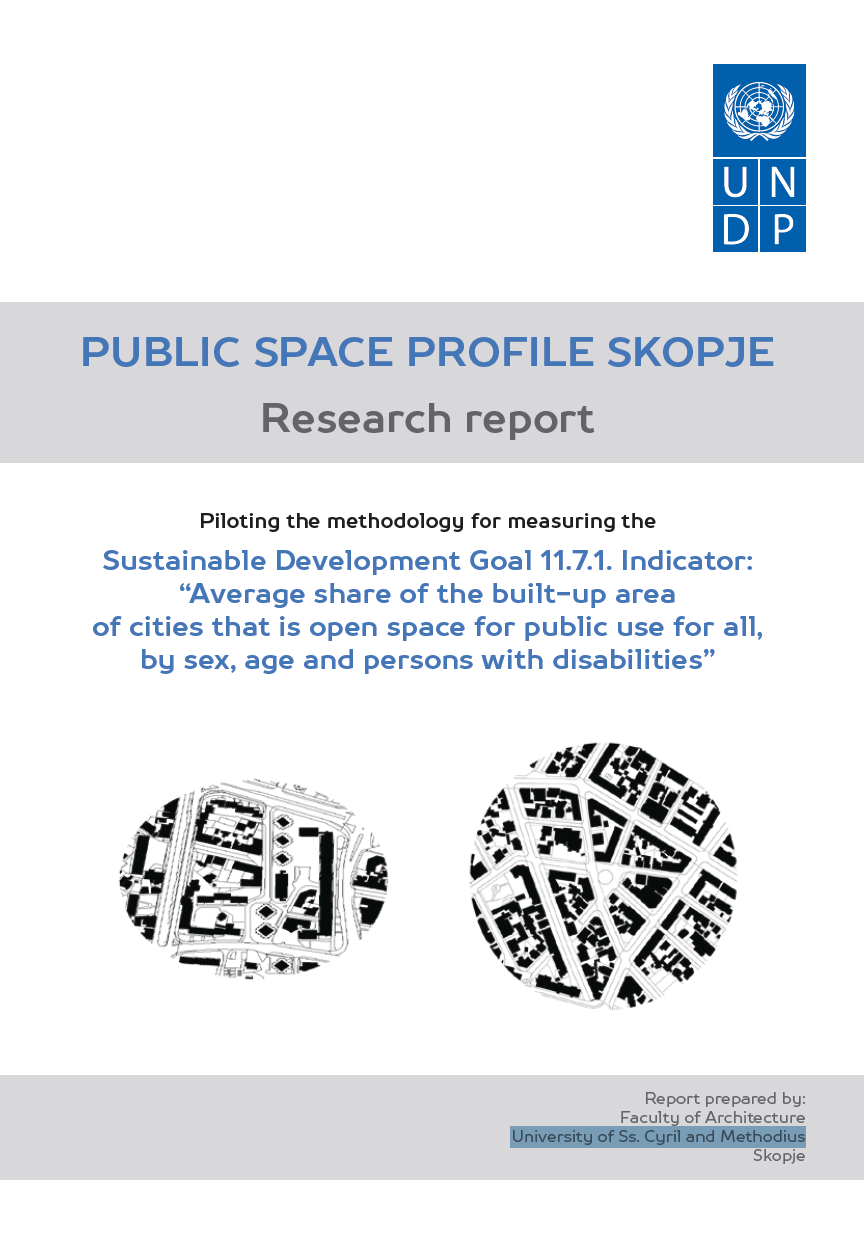Red Book
The Neighbourhood Planning and Design Guide is a comprehensively updated and revised version of its predecessor, the Guidelines for Human Settlement Planning and Design, commonly known as the Red Book. The Red Book, published in 2000, was preceded by a series of guideline documents aimed at improving the quality of settlement planning and design.









